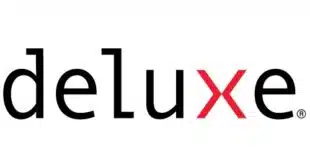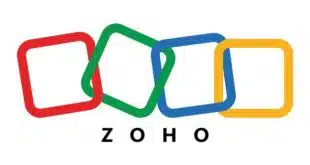What may be the first merchant-branded, automated clearing house-based pay-by-bank service has launched. Pay with Spire Inc., a Dallas-based payments provider, says its new Pay with Spire platform enables merchants to accept pay-by-bank transactions with no integration and at lower acceptance costs than credit or debit cards.
Spire says the pay-by-bank service, which it touts as “debit with benefits,” is available now and in use at more than 55,000 U.S. merchant locations.
The company traces its origins to BIM Networks, which nearly a decade ago developed an ACH-payments platform that received a notable endorsement from Merchant Customer Exchange LLC as a lower-cost option than credit card acceptance. JPMorgan Chase in 2017 acquired MCX’s assets, which ultimately formed the basis for Chase Pay.

Spire says it is working with Discover Network to enable ACH transactions to flow over its network. Spire is a card issuer with Discover, a collaboration that enables Spire to offer ACH transactions that have the ease of standard card payments without traditional merchant fees, it says, adding that the service is available now.
“Discover handles the settlement, eliminating the need for merchants to perform costly integrations,” Spire says. As a result, Pay with Spire is accepted wherever Discover cards are accepted, with no changes to merchants’ point-of-sale systems, Spire says. “The partnership lets Spire act like a credit card issuer (without being a bank), blending familiarity, low cost, and ease of use into one cohesive solution,” the company says.
Pay with Spire issues a 16-digit primary account number to each user. In one example, a customer at a convenience store using Pay with Spire at checkout begins with the POS system or device recognizing the bank identification number as Discover. From there, the processor routes the transaction to Discover, which recognizes it as a Spire payment and sends it on to Spire.
From there, Spire authorizes or declines the transaction and sends it back to Discover, where it is then processed as if it were a credit card transaction, as it appears as a new card program on the merchant’s Discover settlement file, Spire says. Spire pulls the funds from the user’s account and forwards them to Discover for settlement. Spire says its pay by bank payment option supports digital wallets, physical cards, and tap-to-pay transactions.
The chief advantage for merchants likely will be lower acceptance costs than those associated with credit cards. Spire, which would not provide specific rates, says it offers a flat per-transaction fee that enables merchants to reduce their costs between 50% and 90% compared to a credit or debit card transaction.
Spire generates revenue through its transaction fee. “Instead of merchants paying around 2.5% per credit card transaction or 1.7% for debit, Spire’s model allows for substantial savings while maintaining a scalable revenue stream for the company,” the company says. “Because the platform is currently used across over 55,000 merchant locations, volume becomes a significant revenue driver. Spire’s financial model leverages high adoption and frequent use associated with everyday spend categories such as grocery, fuel, c-store, or QSR.”
“Merchants are looking to reduce payment fees as they continue to rise,” Matt Brennan, a former Apple Inc. executive who serves as Spire’s chief executive, tells Digital Transactions News. “Pay-by-bank has often been looked upon as the solution, but it has been difficult and expensive to integrate, and the user experience has led to very low adoption. Meanwhile, consumers are looking for alternate payment types that are familiar, convenient, and offer rewards.”
Spire’s move has impressed at least some observers. “Spire’s idea of using the Discover Global Network to move pay-by-bank transactions from the merchant to the bank looks like a good idea,” notes Thad Peterson, a strategic advisor at the consulting firm Datos Insights, by email. “By using [Discover’s network], they solve a critical problem in launching a new payment platform: merchant acceptance. It’s also a white-label solution that can be branded by the merchant, so they have merchant distribution, lower merchant transaction costs, and white-label capabilities, so merchants should be interested in this solution.”
The potential downside, he adds, involves consumer onboarding and eventual usage. “ACH isn’t always easy to set up for the consumer and there can be resistance to the need for the platform to obtain consumer [information] related to bank accounts,” he says. “ If they have that addressed … this could have real potential going forward.”
Other observers see Spire as part of a movement intent on improving on decades-old payments systems. “The quest for a far less cumbersome and unnecessarily expensive POS transacting network continues, as digital processing that isn’t bootstrapped into the physical card paradigm remains a far safer, more capable, and more efficient way to transact than what we still have with credit and debit cards,” argues Steve Mott, principal at the consultancy Better Buy Design, by email. “It’s just still too hard to break down the scale and negative inertia of the entrenched, outmoded 40+-year old payment card system without meaningful legal relief.”





